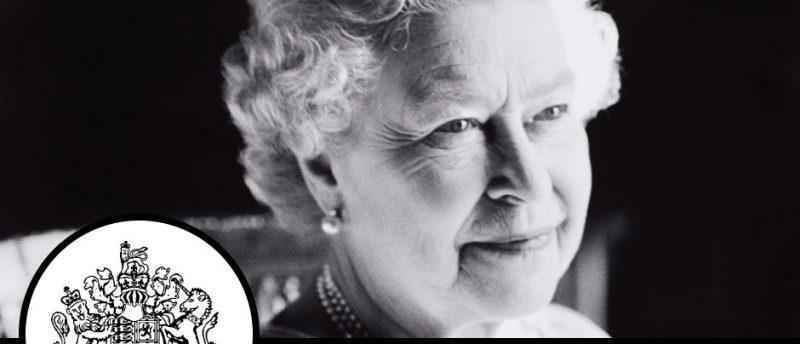Schedule Leading Up to Queen’s Funeral Released Click Here for Live Coverage

The funeral service for Britain’s Queen Elizabeth II will be held in London at Westminster Abbey on Monday, September 19.
The queen left for London on Sunday morning after traveling more than 280 kilometers in a hearse from Edinburgh to Balmoral, where she passed away on Thursday.
Perth, Aberdeen, and Dundee are among the towns that are traversed during the roughly six-hour trip.
People can pay their respects while her body is lying in state at the Palace of Holyroodhouse in Edinburgh, the capital of Scotland.
Monday afternoon, the queen’s coffin will travel by procession to St. Giles’ Cathedral, where people may also pay their respects.
Tuesday, September 13, the queen’s only daughter, Princess Anne, will accompany the coffin from St. Giles’ to Edinburgh’s airport for Elizabeth’s final return to London’s Buckingham Palace aboard a Royal Air Force aircraft.
Elizabeth’s remains will be carried in a public procession from Buckingham Palace to Westminster Hall on Wednesday, September 14. Her coffin will be carried on a gun carriage of the King’s Troop Royal Horse Artillery, accompanied by a military parade and members of the royal family.
In Westminster Hall, her coffin will lie on a raised platform and will be topped with the Imperial State Crown, orb and scepter.
King Charles and other members of the royal family will attend a short service conducted by the archbishop of Canterbury, Justin Welby. Afterward, the hall will be available to the public.
Thursday, September 15, will be the first of the four full days the queen’s body will lie in state in Westminster Hall. Her coffin will remain there until the morning of her funeral.
On Monday morning, September 19, the queen’s coffin will be transported in procession to Westminster Abbey. Heads of state from all around the world and other dignitaries will attend the queen’s state burial in addition to members of the royal family and the British government.
The queen’s casket will be carried in procession to Windsor following the funeral.
Elizabeth will be buried at Windsor Chapel after a graveside service.
A Profound Legacy
When Queen Elizabeth II rose to the throne in 1952, Britain was the dominating force in the Middle East and North Africa.
Traditional British dominance in the area was mostly based on monarchies that it had either imposed or supported through strong relations to its royal family. However, all of its protectorates in the Middle East and Africa had achieved independence as the cost of maintaining Britain’s empire rose.
Even so, Queen Elizabeth and the monarchy have had a significant and postive impact on how Britain is perceived around the world. Now the monarchy’s future remains uncertain in the wake of her passing, but Charles seems to be in charge of the moment.
